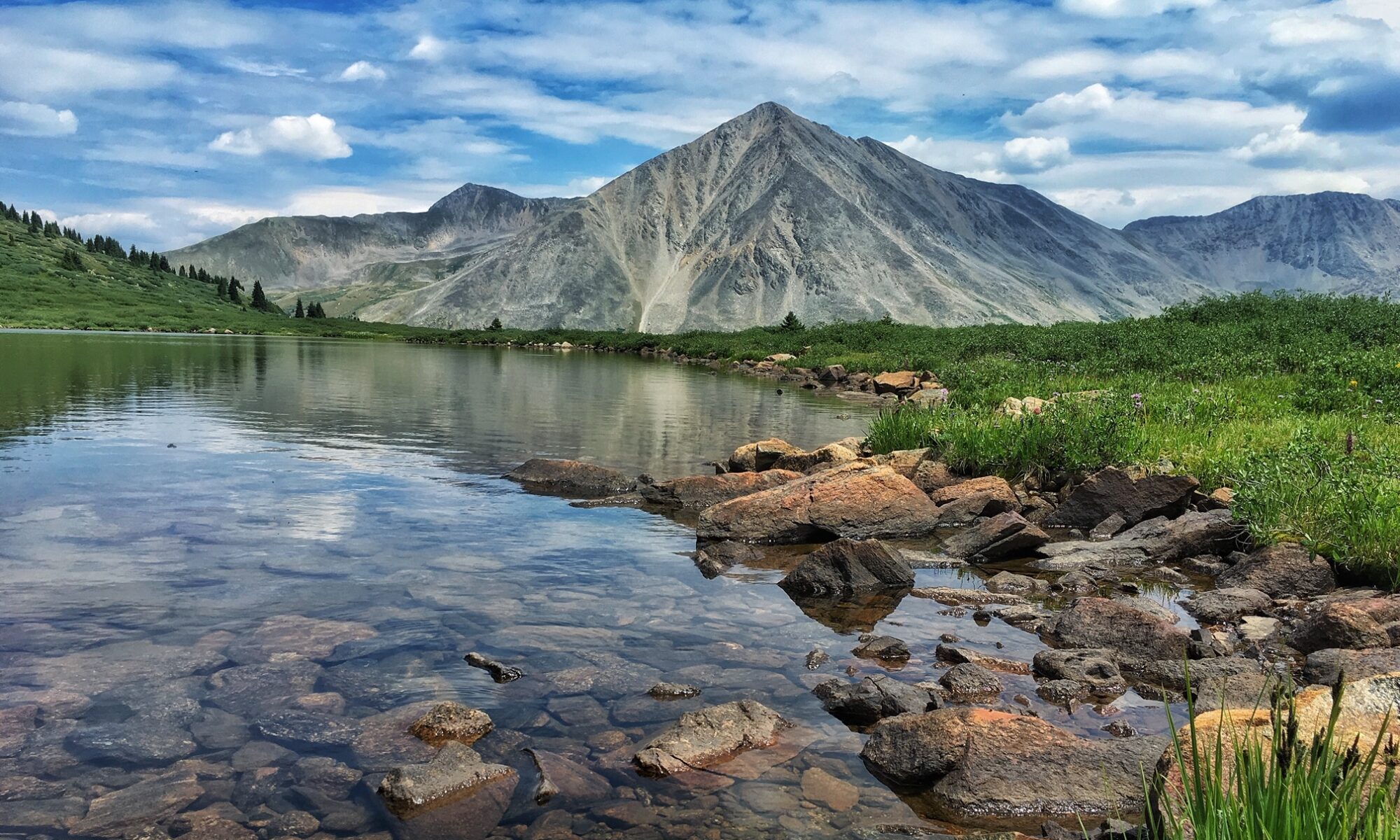Fly fishing creeks – that’s what I plan to do this weekend. My podcast partner, Dave, and I will make a five-hour drive and spend a couple of days on the water. But where will we go? A five-hour drive to the northwest will take us to several creeks loaded with 8-14 inch browns. A five hour drive to the northeast will take us to a river where we have a chance of landing 18-22 inch browns.
I hear the creek calling.
Why am I so fond of fly fishing creeks — or “cricks” as my friends and family in both Montana and Pennsylvania call them? I have been pondering that question the past few days:
Nostalgia
One of the first places I learned to fish for trout was on Cole Grove Brook near Smethport, Pennsylvania.
I was eight years old, and my Uncle Ivan taught me the art of dropping a worm in this tiny, brush-lined creek to catch brookies. A few years later, I threw Mepps spinners in the Big Thompson River (trust me, it’s a small creek) in Rocky Mountain National Park. That’s also where I got my first taste of fly fishing and caught my first brookie.
Then there is the little creek near Orville National Forest campground in the Black Hills of South Dakota.
I was in high school when my brother and I stumbled across some kind of mayfly hatch (I’m guessing) one evening and pulled out trout after trout on a Royal Coachman. There is also the mystique of Elk Creek near Augusta, Montana. During our college years, Dave and I had some terrific days on a little stretch of this creek not far from where if flowed out of the Scapegoat Wilderness area.
Whenever I’m on a small stream, I get nostalgic. I revisit these creeks and spend some time on them in my mind.
Into the Wild
Fishing creeks tends to get me into more wild places than fishing the larger rivers. That’s not always the case. My favorite stretch of the Madison River in Montana is in the Beartrap Canyon, and my favorite stretch of the Yellowstone River is in a remote place in Yellowstone National Park. They are big rivers. But they are the exceptions.
It seems like more often than not, fishing creeks gets me off the beaten paths and deeper into the timber or further into the mountains.
I remember running into a coyote in the thick forest surrounding Cole Grove Brook in northern Pennsylvania. I also remember catching a 12-inch brookie out of a beaver pond in the Bondurant National Forest south of Jackson, Wyoming, while a cow moose grazed about 75 yards away.
When Dave and I fish a creek in the Driftless region of southeastern Minnesota this weekend, we’ll fish until we come to a rock cliff where the creek flows out of the mouth of a cave.
If you like wild places, make the creeks your destination.
Less Pressure
This is a corollary to the previous point.
Wild places can mean less pressure.
One July day, when the drift boats seemed to be bumper-to-bumper on the Yellowstone River in Montana’s Paradise Valley, I drove up the West Fork of Mill Creek — several miles above where main Mill Creek emptied into the Yellowstone. I fished a stretch in the Absarokee-Beartooth Wilderness Area a couple hundred yards from where I shot my first bull elk. I used a Red Humpy, and every cast resulted in a fierce strike by a plump 8-10 inch Yellowstone cutthroat trout.
I doubt that anyone had fished this stretch of creek in years. It was a couple hundred yards down a steep ravine off of the trail.
As a general rule, expect that bigger rivers that hold bigger fish will attract bigger crowds. The streams that flow into them will receive a lot less pressure. So head to the creek to get away from the crowd.
More Action
Generally, smaller creeks mean smaller fish but more action.
Last summer, I fished the Fall River in Rocky Mountain National Park in Colorado. Don’t let the word “river” fool you. It’s a small stream that winds through a meadow after emerging from a canyon. It seemed like every cast resulted in a strike on the Elk Hair Caddis I was drifting along the undercut banks. I didn’t catch anything over eleven inches. But the two dozen trout I caught were all fighters.
Finesse
Part of the appeal of a creek is the finesse required to fish it.
Perhaps that comes from the days when I used an ultralight spinning rod and sneaked up through the weeds to peek into the hole where I was going to cast my offering (that sounds better than “cast my worm”).
As much as I love my nine-foot, six-weight rod, I find joy in taking my eight-and-a-half, four-weight rod and crawling up to a bank where I will make a short cast to fish an six-foot run along a bank. Fishing the small creeks require more stealth, smaller leaders, and softer landings on the surface. Even streamer fishing in a creek is more delicate. It’s not the same as lobbing a weighted Woolly Bugger on a mighty river.
I’ve lived a few minutes from the Yellowstone, the Madison, and the Missouri in Montana. I’ve had some terrific days on them. But, the creeks still call me. The “cricks” do too. I simply can’t resist their lure, and I hope that never changes.









